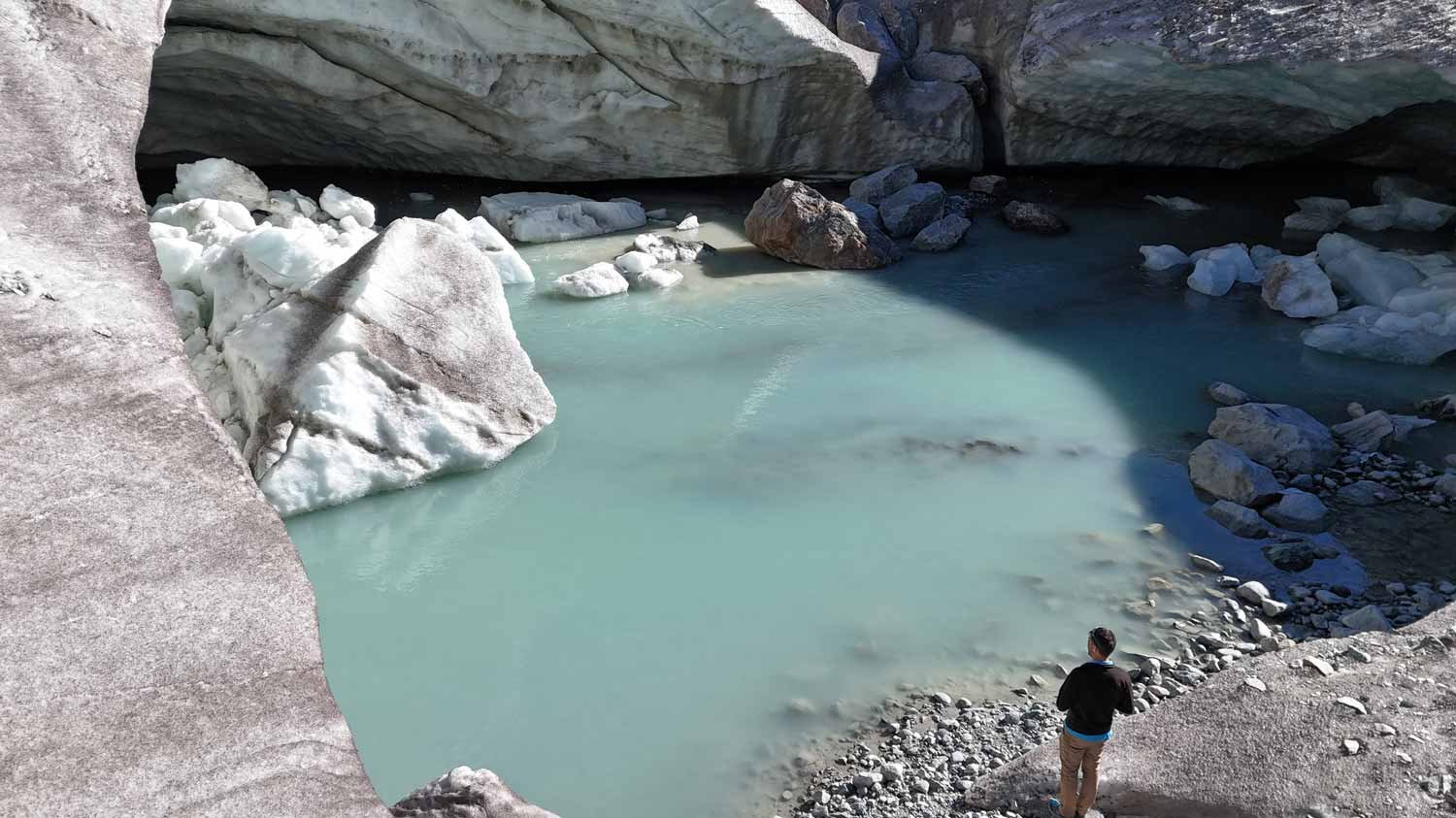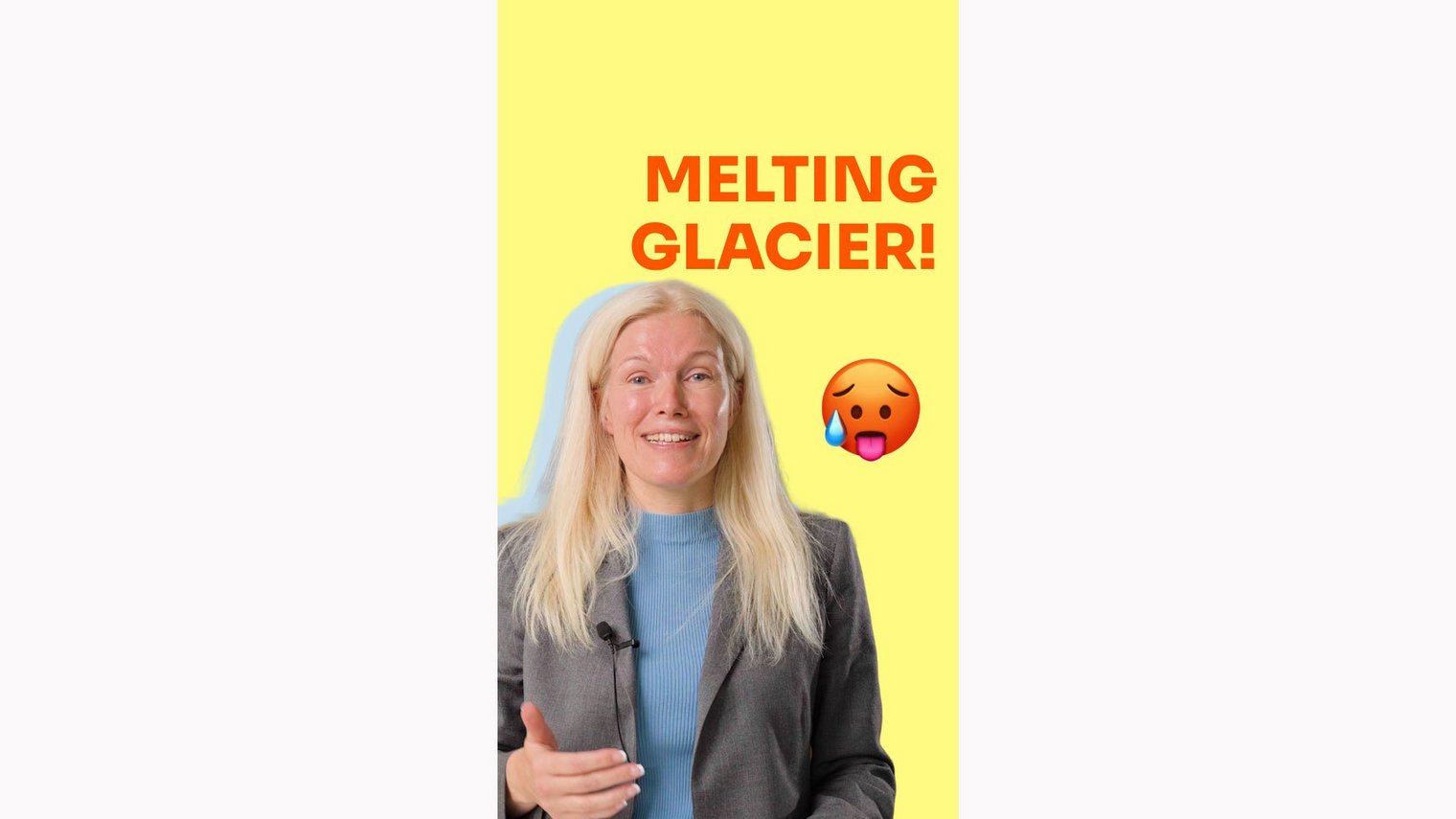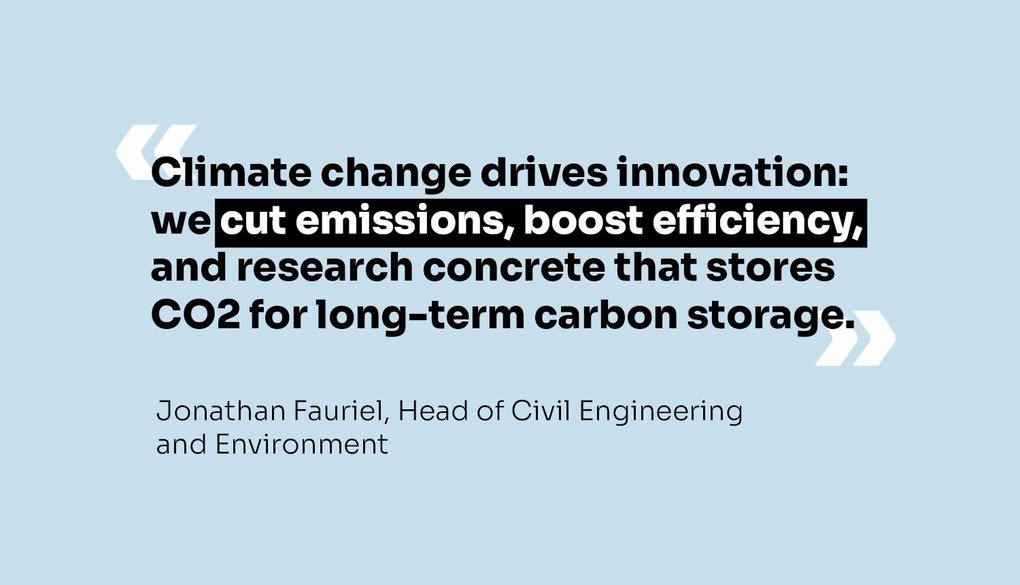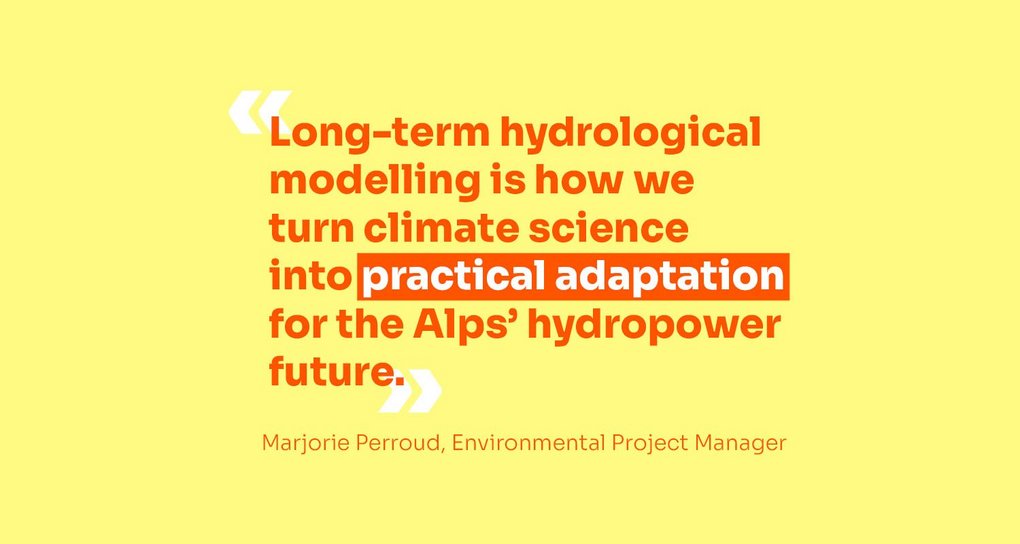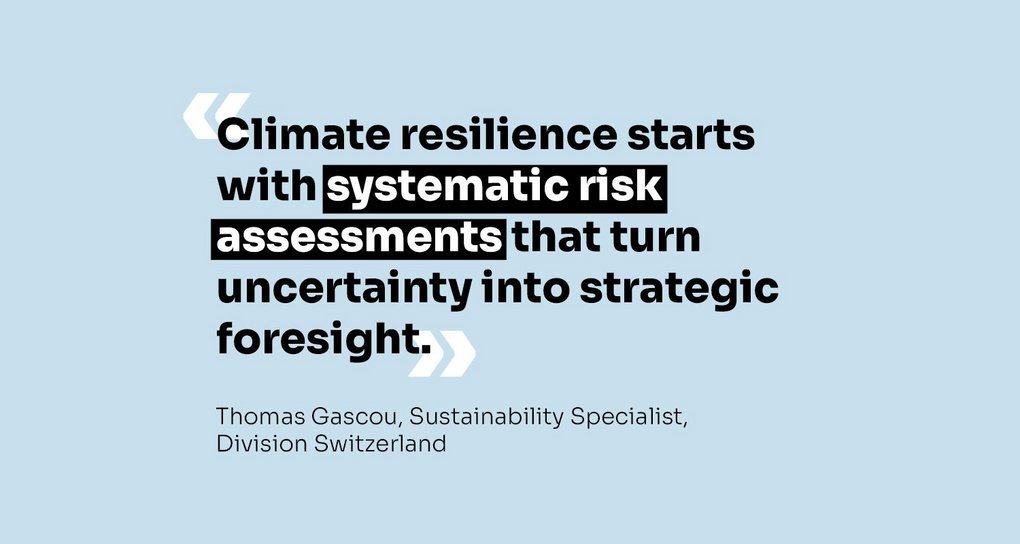Climate projections show that global warming is unlikely to stay below 1.5 °C. Switzerland is expected to be hit harder than many other regions, with hotter summers, longer dry periods, more intense rainfall and a sharp decline in snowfall. For Alpiq, this means adapting operations and further reducing CO2 emissions, including developing solutions for capturing and storing them.
Hydropower has always been a core part of Alpiq’s identity and remains essential for Switzerland’s energy supply. Today, it faces significant challenges, from retreating glaciers and shifting flow patterns to stronger seasonal extremes. Our teams are upgrading infrastructure, improving efficiency and strengthening resilience to secure reliable energy production in the years ahead.
This edition brings together insights and measures from Switzerland and abroad, along with ongoing projects aimed at addressing today’s climate pressures.
Today, roughly 80 percent of Alpiq’s electricity generation comes from low-carbon sources, primarily hydropower and nuclear.
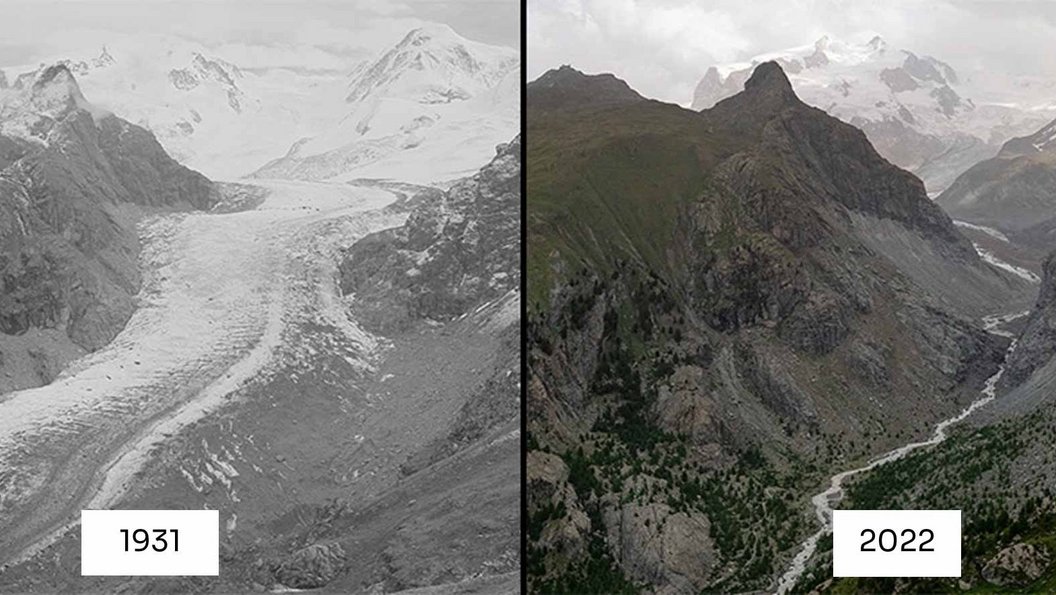
Insights and measures from our teams
Innovating to prepare hydropower for the climate of tomorrow
Innovating to prepare hydropower for the climate of tomorrow
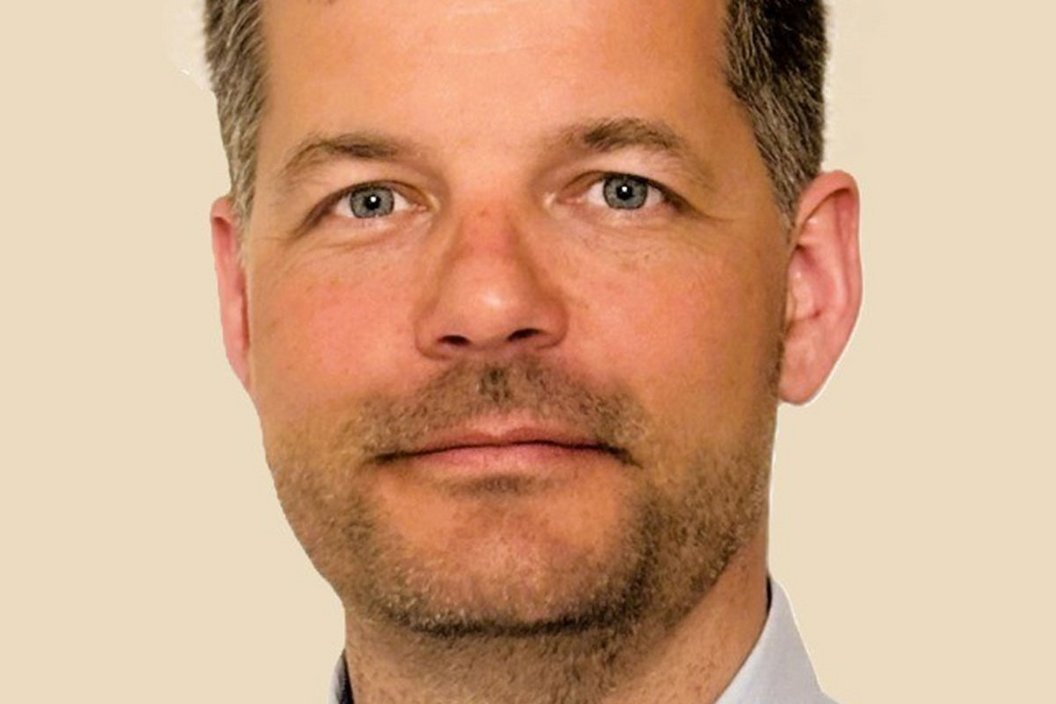
Adapting Hydropower to a Changing Climate
Rising temperatures and glacier retreat will reshape water resources. Since 2010, Alpiq worked with ETH Zurich to model glacier melt and predict inflows. Updated projections in 2025 suggest water availability in some catchments could fall by 20 to 30 percent, guiding operational strategies and investments.
Glacier retreat and more frequent storms also increase sedimentation, which can block water intakes and reduce reservoir capacity. Solutions are studied case by case, balancing technical feasibility, environmental impact, and stakeholder expectations.
Finally, ecological flow requirements must adapt to new conditions. In the Federal framework variable flow regimes are being proposed to protect biodiversity while maintaining energy production.
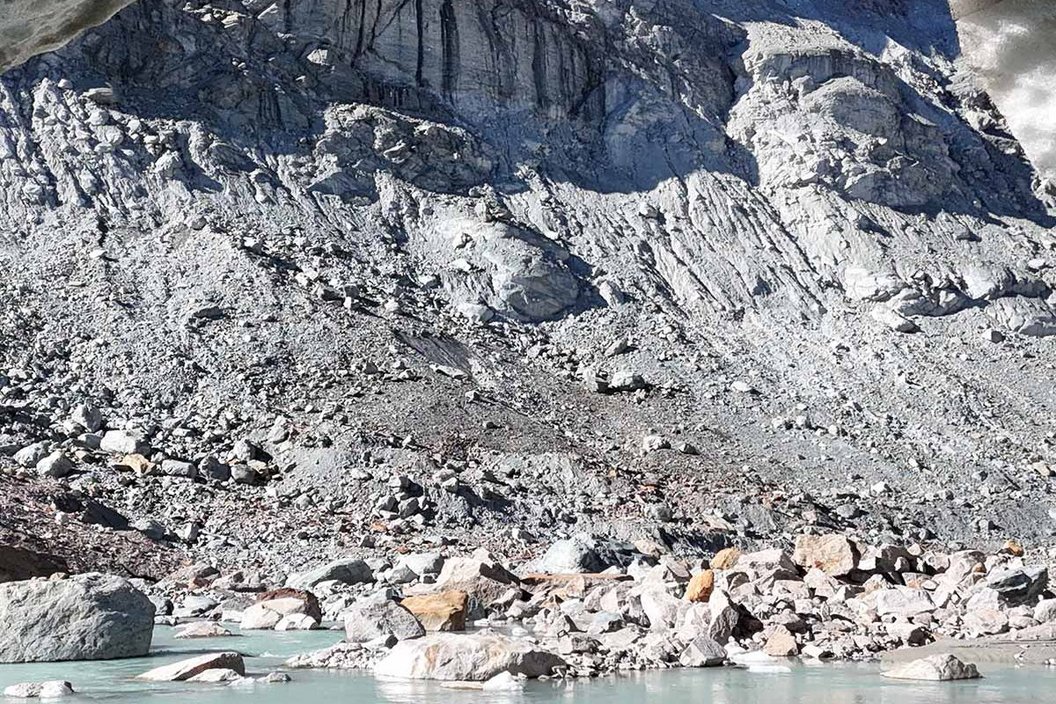
Gorner Glacier, drone image 2025
By Jonathan Fauriel, Head of Civil Engineering and Environment
Hydropower is one of the cleanest sources of energy. According to studies by the Intergovernmental Panel on Climate Change (IPCC) and the International Hydropower Association, alpine hydropower has a much lower carbon footprint than most other electricity generation methods, which emit between 10 and 1000 grams of carbon-dioxide equivalent per kilowatt-hour.
To go further, every new construction project undergoes a detailed carbon-footprint analysis to identify effective measures that can reduce emissions without increasing costs. In many cases, the simplest measures are also the most effective. Energy-efficiency programmes are also underway: seven facilities have already been assessed or are currently under review to reduce both operating costs and greenhouse-gas emissions.
“Climate change drives innovation: we cut emissions, boost efficiency, and research concrete that stores CO2 for long-term carbon storage.” – Jonathan Fauriel, Head of Civil Engineering and Environment
Innovation is central. Since 2023, the Klark research project has been developing a method to build dams with zero carbon impact by capturing carbon dioxide in concrete. The principle is to trap CO2 during cement production and mineralize it inside the material, turning the structure into a permanent carbon sink.
When the alps melt: Alpiq’s response to climate reality
When the alps melt: Alpiq’s response to climate reality

Infrastructure upgrades to face climate risks
We’re actively adapting our infrastructure to meet these challenges. Each facility is assessed for resilience: we review the location and capacity of intakes, tunnels, reservoirs, turbines, and machines. In some cases, this leads to targeted investments – such as the planned elevation of the Moiry dam and the proposed Gornerli dam – to better manage future water volumes.
Rising sediment transport in certain watersheds accelerates equipment wear and forces us to rethink sediment management. Each site requires a tailored strategy to maintain efficiency and protect infrastructure over the long term.
We continue to adapt our infrastructure and operations to changing hydrological conditions in the Alps, ensuring reliable hydropower generation while respecting ecological balance.

Tourtemagne Reservoir sediment management, 2021
By Marjorie Perroud, Environmental Project Manager at Alpiq
As an environmental project manager at Alpiq, I’ve spent the past several years working where environmental concerns meet energy infrastructure. The changes we’re seeing in the Alps are no longer distant forecasts – they’re happening now, and they’re transforming how we manage water, energy, and risk.
Glaciers across the Swiss Alps are retreating at an unprecedented pace. Their shrinking – or even disappearance – doesn’t just alter the landscape; it changes the timing and quantity of water inflows, sediment transport, and ultimately, the reliability of hydropower production.
At Alpiq, we’ve been preparing for this shift for more than 15 years. In collaboration with universities and consulting firms, we’ve carried out long-term hydrological modelling and sediment studies to understand how glacier retreat will affect our operations. These studies help us anticipate changes in runoff and sediment regimes, as well as trends and variability in water availability – especially as supplies increasingly depend on annual rainfall.
Assessing climate risks to strengthen Alpiq’s resilience
Assessing climate risks to strengthen Alpiq’s resilience
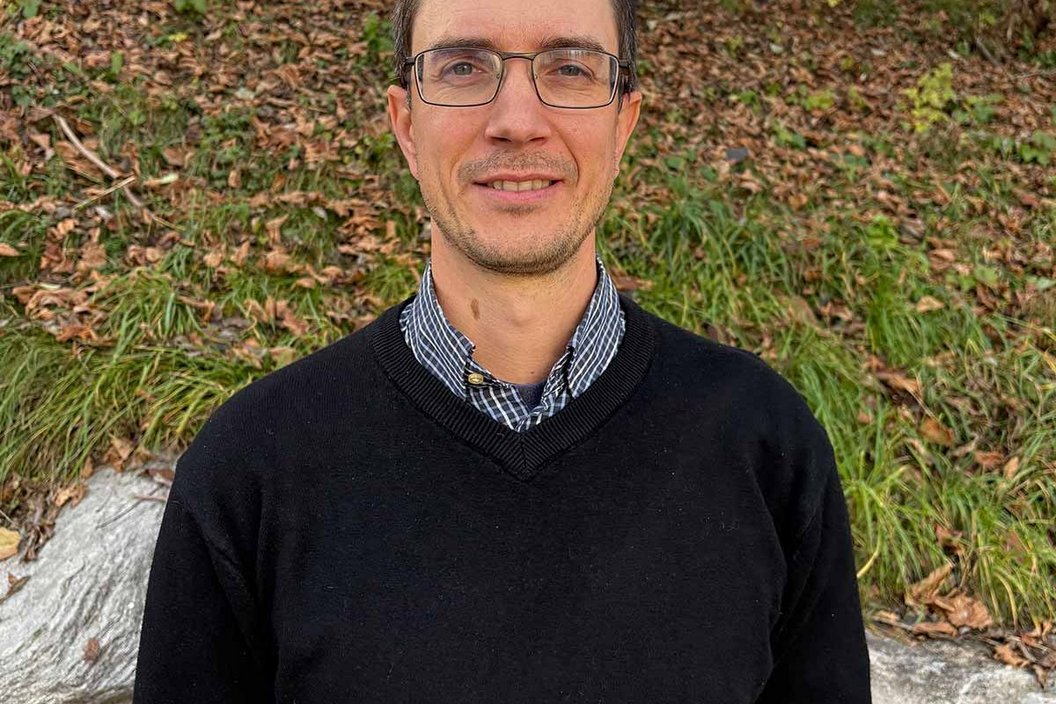
In addition to physical risks, transition risks – linked to regulatory changes, market dynamics, and technological developments – also influence costs, competitiveness, and reputation. Our assessments feed directly into Alpiq’s strategy, investment decisions, and financial modeling.
To reinforce resilience, Alpiq continues to:
- Invest in flexible generation and storage solutions such as hydropower and battery energy storage systems
- Support customers in decarbonization through long-term power purchase agreements
- Update climate assessments regularly to reflect new data and events
Assessing climate risks is not a one-off exercise – it is a continuous, systematic process embedded across functions and geographies, from assets to enterprise risk management and insurance. Together with water and biodiversity assessments, this work ensures Alpiq delivers reliable, sustainable energy for the future.
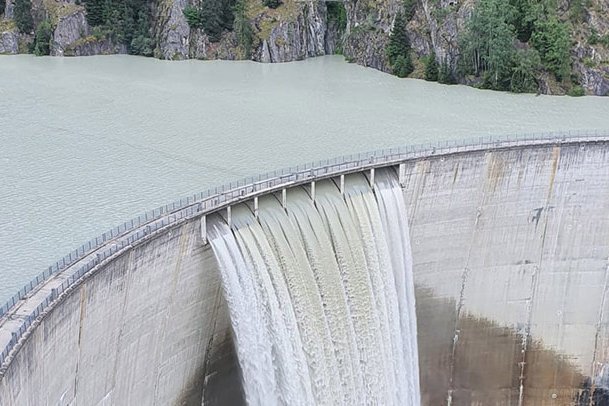
Gebidem Dam facing overflow pressure
By Thomas Gascou, Sustainability Specialist, Division Switzerland
Assessing climate risks is at the heart of Alpiq’s strategy to strengthen resilience. In 2024, we launched a comprehensive evaluation of physical and transition risks across our entire portfolio, aligned with the recommendations of the Task Force on Climate-related Financial Disclosures (TCFD). This work enables us to anticipate impacts and identify opportunities in a changing climate.
Our assessment covered all Alpiq sites, applying low-, medium- and high-emission scenarios defined by the Intergovernmental Panel on Climate Change and four time horizons (present, 2030, 2050 and 2100). The findings are clear: flooding and landslides rank among the most significant physical risks – confirmed by recent events such as the Alpine floods in 2024 and the Blatten landslide in 2025.
These insights underscore the urgency of robust risk assessments and adaptive planning. Measures are already integrated into new projects like the Gornerli dam, conceived as a multifunctional asset. It is designed to capture and manage meltwater from retreating glaciers, mitigate hydrological risks, and provide flood protection while also securing reserves for drinking water and irrigation.
AI’s role in climate-driven markets
AI’s role in climate-driven markets

This growing variability introduces new challenges for forecasting and planning. Year-on-year fluctuations in renewable output, especially hydro, will become more pronounced. Traditional forecasting methods, based on historical averages, are no longer sufficient to capture the complexity of these evolving patterns.
AI brings climate uncertainty into trading decisions
To address this challenge, Alpiq is turning to AI and machine learning tools, partnering with a Swiss start-up that developed a class-leading AI weather model. This collaboration enables us to leverage the latest technologies and insights to process large volumes of climate and hydrological data, identify emerging trends, and simulate multiple future scenarios. AI models help quantify uncertainty, improve inflow forecasts, and support scenario-based planning — all essential for informed trading and portfolio decisions.
Data is key: combining expanded observations with AI-driven analysis will be essential to understand and manage the impact of climate change on Swiss renewables. Hydrology is no longer just an operational issue; it has become a strategic factor that directly shapes market behavior.
Given the growing impact of climate change, using climate intelligence in trading is increasingly important.
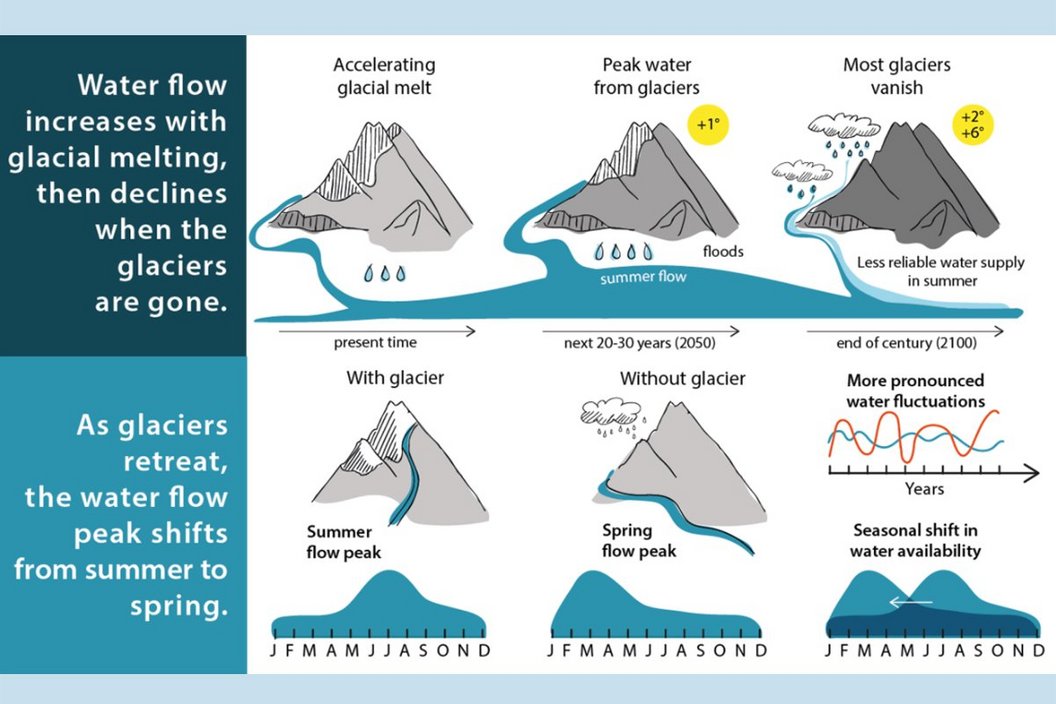
By Peter Kerkmans, Head Weather Analyst, Alpiq Trading
Climate change is already reshaping the Swiss energy system. Rising temperatures, shifting precipitation patterns, and glacier retreat are affecting inflows, production forecasts, and ultimately, market dynamics.
Recent climate scenarios, including CH2025 from MeteoSwiss and Intergovernmental Panel on Climate Change pathways, show a consistent warming trend across the Alps. The most significant temperature increases are expected in summer, with smaller changes in spring. Freezing levels are projected to rise by several hundred meters, reducing snow-covered areas and changing runoff timing. Precipitation patterns will also shift: winters and springs will likely become wetter, while summers are expected to be drier but with more intense rainfall events.
These projections are based on climate models that simulate different greenhouse gas concentration pathways, known as RCPs (Representative Concentration Pathways). For this analysis, we refer primarily to RCP 4.5, the intermediate scenario.
These changes will directly affect hydropower production. A case study on Grande Dixence illustrates this clearly. Under RCP 4.5, the plant could see up to 27% higher annual output by 2050, driven by glacier melt and increased precipitation. However, this is not a permanent gain. As glaciers continue to retreat, inflows will eventually decline — a phenomenon known as “peak water.” Some lower-altitude glaciers may already have reached this point.
